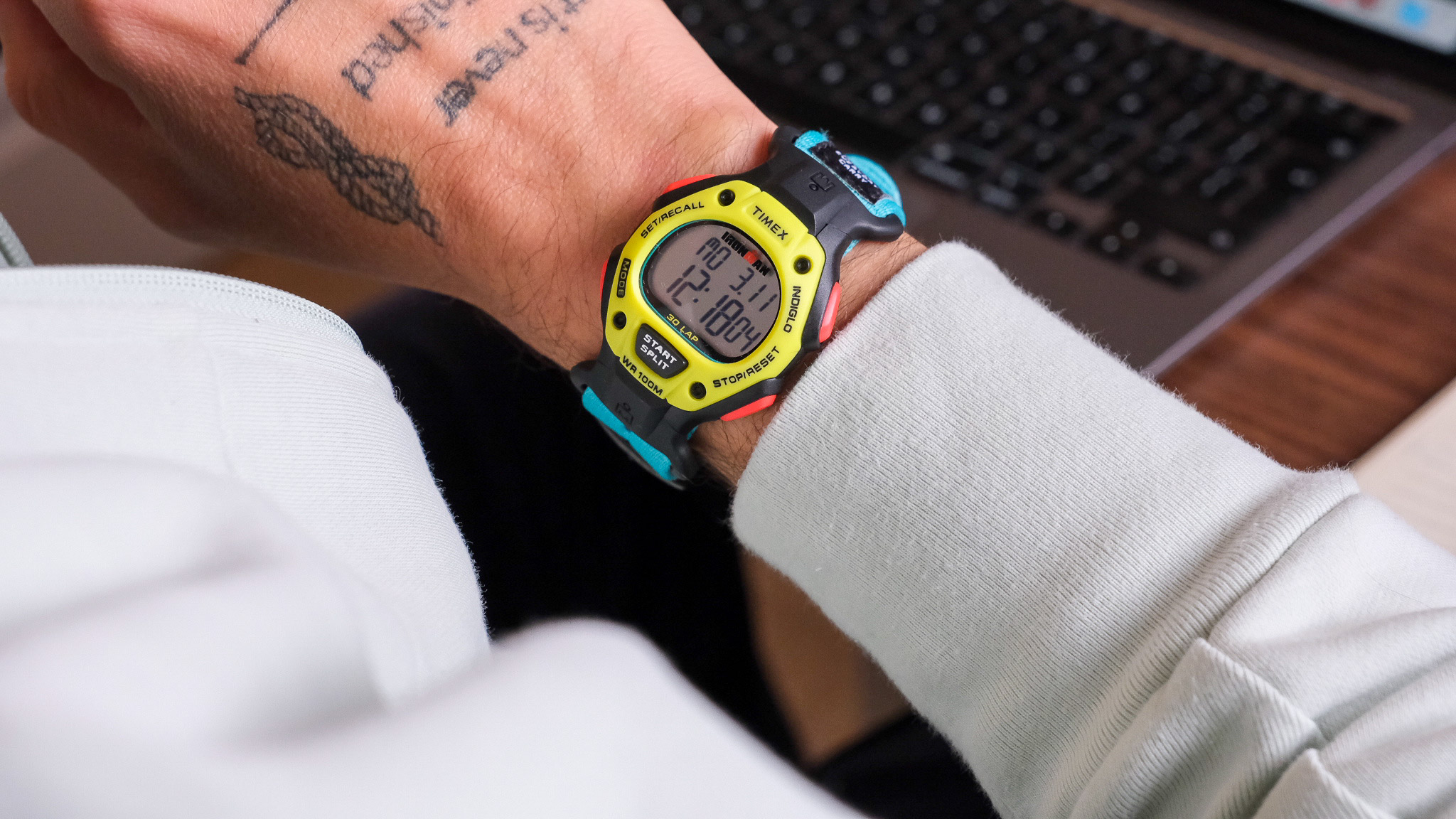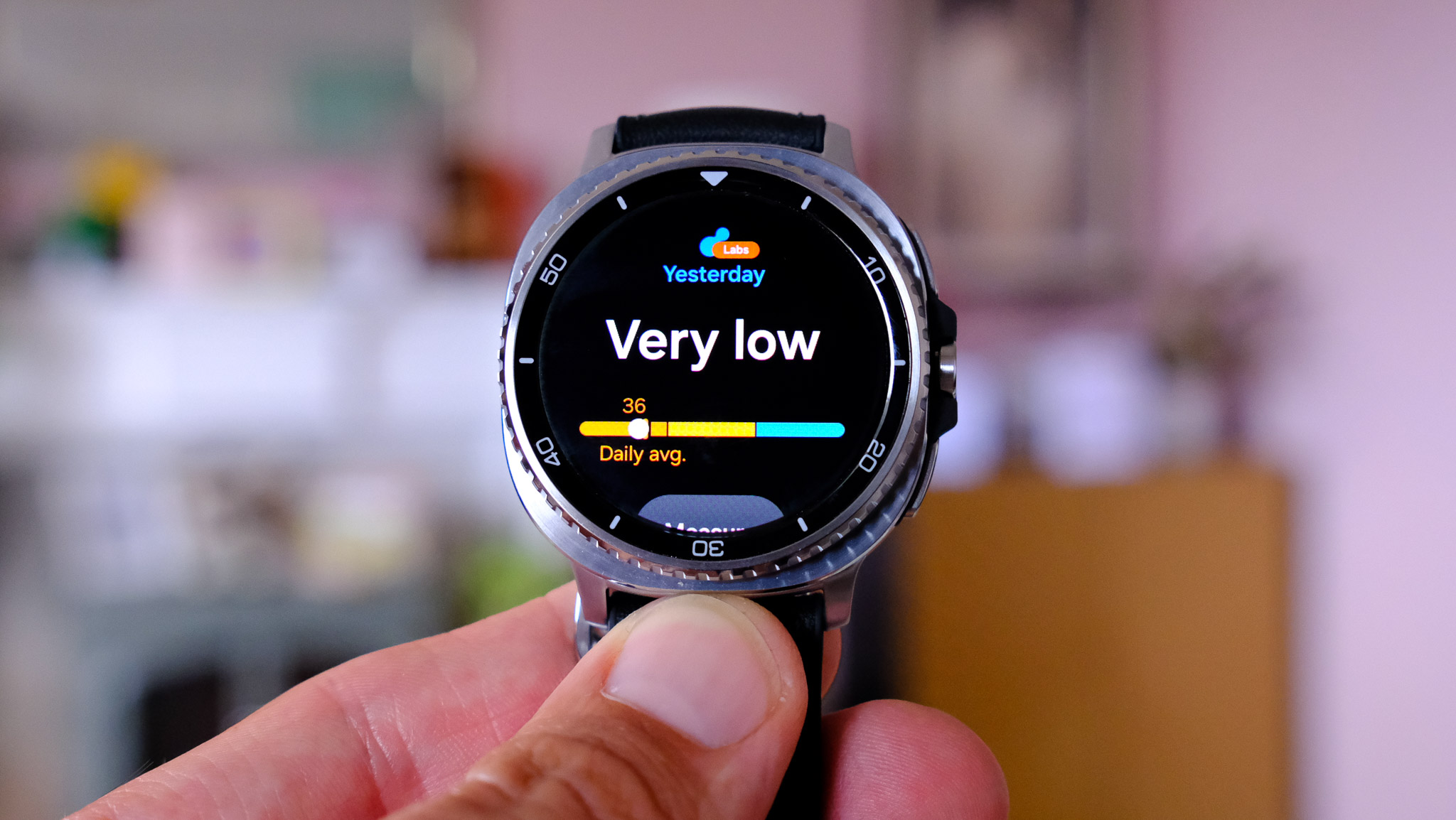I swapped my smartwatch for a 'dumb watch' for two weeks and now I regret testing wearables for a living
My wearable detox was so successful that I now dread having to go back to testing smartwatches


I always experience a bit of smartwatch fatigue around late September and early October. Many of the biggest launches of the year are clustered around this time, including the new Apple Watch, Pixel Watch, etc.
On top of this, in 2025, Garmin released a million new wearables, and brands like Coros and Amazfit are also on a mission to churn out as many watches as possible.
As someone who tested almost all of these new watches this year, I got to the point where I couldn’t fathom putting on another smartwatch, at least for a little while.
The blissful ignorance of not knowing your HRV
My plan initially was not to have anything wrapped around my wrist, and it worked. Sure, I didn’t know what percentage of my sleep was deep or what my heart rate variability’s rolling 7-day average was.
I timed my workouts with my phone, and I started using Strava’s mobile record feature to log my runs. My strength workouts went into a little notebook. I didn’t miss anything smartwatches had to offer, apart from one thing.
Funnily enough, with all the health, fitness, and wellness features under the sun, the only thing I wanted to know was what time it was – admittedly, that's what people wear ‘dumb watches’ for. Without a watch, I had to keep checking my phone for the time, which inevitably led me down social media rabbit holes.
The great storage room revelation
A couple of days after the start of the experiment, I also decided to bring my storage room office under control. There are boxes and boxes of stuff everywhere, from workout headphones and drones to action cameras and running shoes. It’s a mess.
Get all the latest news, reviews, deals and buying guides on gorgeous tech, home and active products from the T3 experts
As I was clearing out one of the drawers, I noticed I still had the gorgeous Timex Ironman x James Brand Collection digital watch – perfect! Now I could keep track of the time and time my workouts and runs without the phone.
For two weeks, I wore the Timex Ironman, and it did exactly what I needed: told the time, timed my workouts, and looked good doing it. I thoroughly enjoyed not having to wear my watch strap tightly, as you must with smartwatches to keep the sensor close to your skin. I also left the watch off my wrist for sleep, as it can’t track it anyway.
It was refreshing not to worry about my stress score or blood oxygen level – ironically, I think my stress score went down the moment I stopped tracking it. They track everything these days, but let’s be honest, they’re still not medical devices, even if they’re getting better at pretending.
Data overload and wearable whiplash
Another issue with testing smartwatches is that you jump from one ecosystem to another. My Garmin Forerunner 970 will recommend something, then when I switch to the Apple Watch Ultra 3, it will suggest another set of workouts.
The Samsung Galaxy Watch 8 Classic will focus on health and recovery, while the Huawei Watch Ultimate 2 will prioritise emotional well-being. All the algorithms are trying to better me in different ways, ultimately confusing me more than if I didn’t wear a smartwatch.

Too much of the good thing
As well as inducing anxiety, most modern wearables also offer way too many fitness features. It used to be that general-purpose smartwatches, such as the Apple Watch, weren’t that great for tracking runs, but that’s the thing of the past.
You can monitor everything from industrial diving to high-altitude mountaineering with many of them, not to mention the ever-increasing range of running, cycling, hiking, etc., features. I know many people who run with four smartwatches, two smart rings and a chest strap during testing periods. It’s ridiculous, but how else will you be able to know which is the most accurate?
Sadly, as much as I enjoyed going dumb, I will have to return to the weird and wonderful world of smartwatches, pretty much immediately. I have new models to test, such as the Coros Nomad and the Coros Apex 4, just to name a few.
But I think going forward, I’ll periodically have these “wearable detox” times to help me reset. And who knows, not having to deal with smartwatches all the time might also help me rekindle my love for wearables.

Matt Kollat is a journalist and content creator who works for T3.com and its magazine counterpart as an Active Editor. His areas of expertise include wearables, drones, fitness equipment, nutrition and outdoor gear. He joined T3 in 2019. His byline appears in several publications, including Techradar and Fit&Well, and more. Matt also collaborated with other content creators (e.g. Garage Gym Reviews) and judged many awards, such as the European Specialist Sports Nutrition Alliance's ESSNawards. When he isn't working out, running or cycling, you'll find him roaming the countryside and trying out new podcasting and content creation equipment.
You must confirm your public display name before commenting
Please logout and then login again, you will then be prompted to enter your display name.